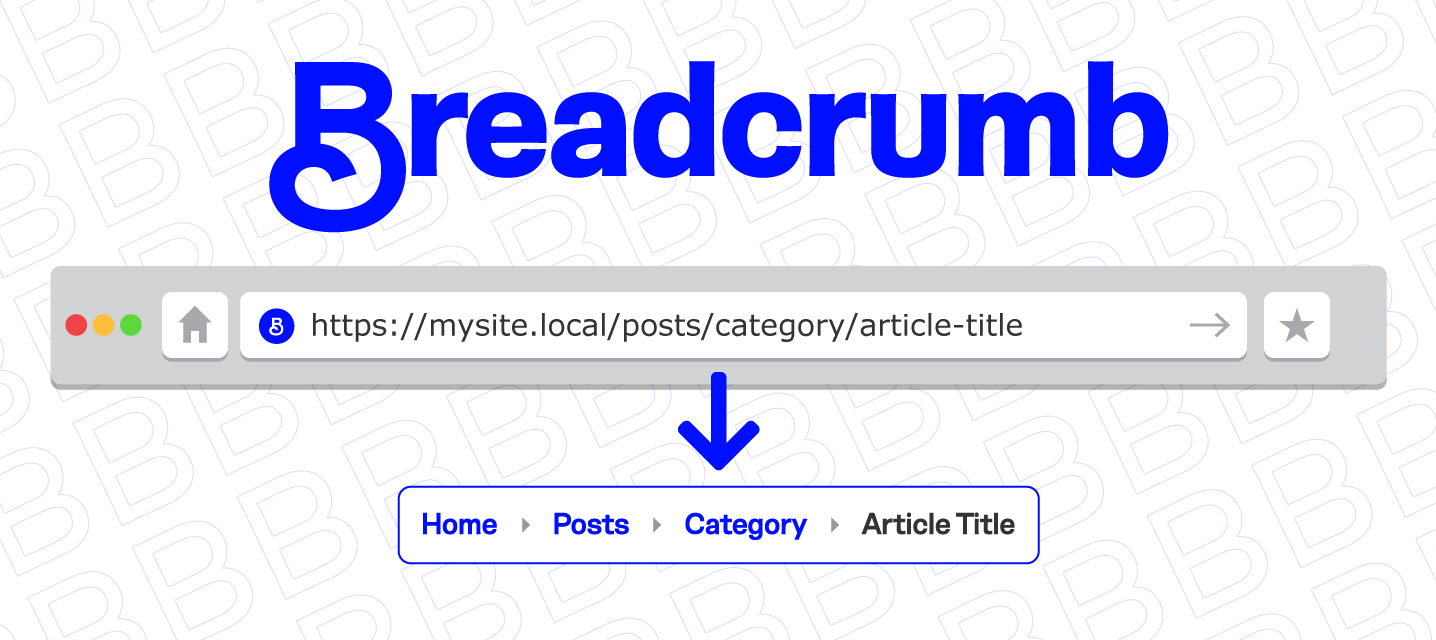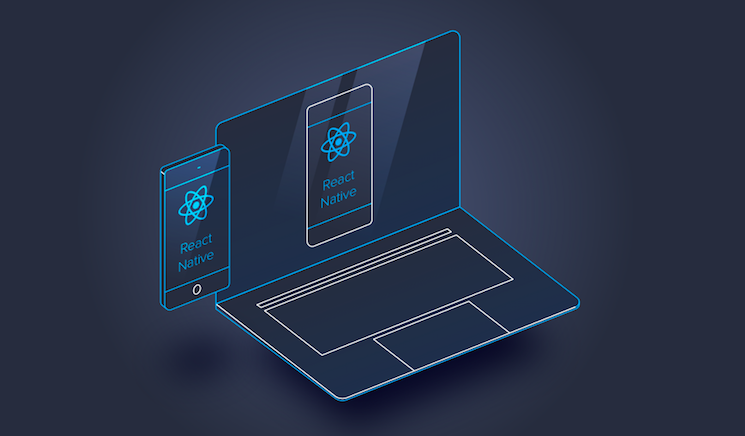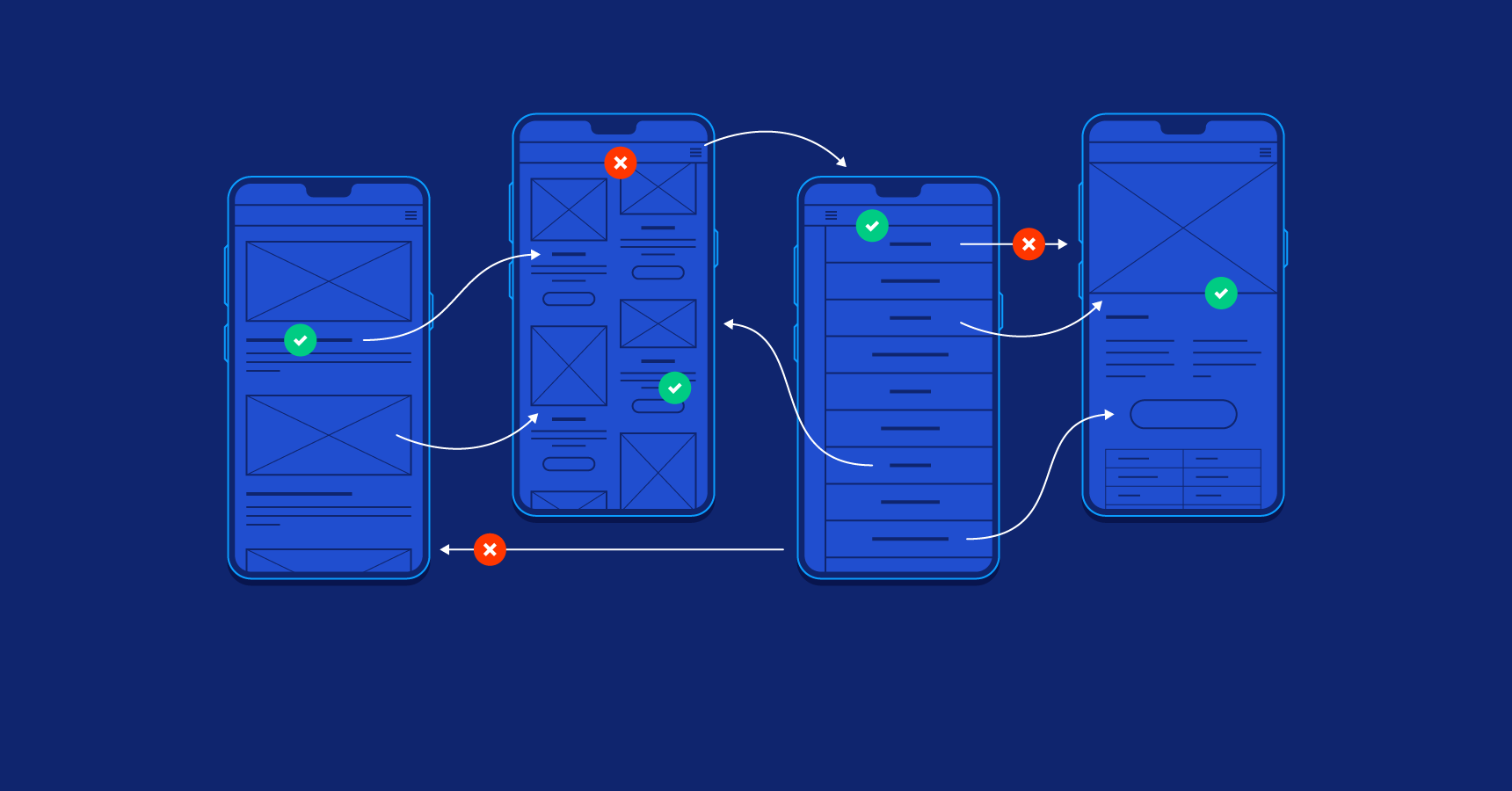What is I2P?

I2P, short for the Invisible Internet Project, is an anonymous network designed to protect users' privacy and maintain their anonymity online. Unlike the regular internet, where traffic is often visible and traceable, I2P allows for secure and private communication between its users by routing traffic through a network of volunteer-operated nodes, making it extremely difficult for any third party to monitor or intercept the data.
I2P is part of the "darknet," a segment of the internet that cannot be accessed using conventional search engines or web browsers. However, unlike Tor (The Onion Router), which primarily facilitates access to regular websites anonymously, I2P is built for creating a network of websites, services, and applications that exist entirely within its own ecosystem.
How Does I2P Work?
I2P works by creating a decentralized, peer-to-peer network where data is encrypted and routed through multiple nodes (also known as "routers") to obscure the sender's and recipient's identities. This process makes it difficult for anyone to monitor the user's activities or trace their location.
Here are the main components of how I2P works:
Tunnels and Routing: I2P uses a system of inbound and outbound tunnels. When a user sends data, it is encrypted and routed through a series of outbound tunnels to its destination. The return data is sent back through a separate inbound tunnel. Each tunnel consists of multiple intermediary nodes, which further obscures the data's origin and destination.
End-to-End Encryption: All data on the I2P network is encrypted multiple times using end-to-end encryption, ensuring that only the intended recipient can decrypt and read the message.
Decentralization: Unlike centralized networks, I2P is decentralized, meaning there is no central server or authority that controls the network. This structure makes it more resilient to attacks and censorship.
Garlic Routing: I2P uses a routing technique called "garlic routing," a variation of "onion routing" used by Tor. In garlic routing, multiple messages (or "cloves") are bundled together and encrypted within a single "garlic" message. This method enhances privacy by mixing different users' messages, making it harder to identify individual communications.
What is I2P Used For?
I2P serves several purposes, from enabling private communication to hosting anonymous websites and services:
Anonymous Browsing and Messaging: I2P allows users to access "eepsites" (websites within the I2P network) and communicate via anonymous email, chat, and forums.
Decentralized Applications: I2P supports various decentralized applications (dApps), including file-sharing services, blogging platforms, and social networks, that operate entirely within the network.
Censorship Resistance: I2P is often used by activists, journalists, and dissidents to bypass censorship and communicate securely in regions where internet surveillance and control are prevalent.
Privacy-Centric Hosting: I2P is ideal for hosting websites and services that require a high level of privacy, such as whistleblower platforms or sites sharing sensitive information.
Advantages of I2P
High Level of Anonymity: I2P offers robust anonymity through its decentralized architecture, multiple layers of encryption, and the use of both inbound and outbound tunnels.
Decentralization: I2P's lack of a central authority or server makes it difficult to take down or censor.
Flexibility: I2P is designed to work with various applications, from web browsing and file sharing to email and instant messaging, providing a versatile platform for privacy-focused use.
Garlic Routing: This method of data transmission improves anonymity by bundling multiple messages together, making it harder to identify individual users or communications.
Challenges and Limitations
While I2P offers many privacy benefits, it is not without its challenges:
Slower Speeds: Due to the network's multiple layers of encryption and routing through numerous nodes, I2P can be slower than the regular internet or even Tor.
Limited User Base: Compared to more popular anonymity networks like Tor, I2P has a smaller user base, which can limit the number of available services and resources.
Complexity: Setting up and using I2P can be more complex than other anonymity tools, making it less accessible to non-technical users.
Limited Exit Node Functionality: Unlike Tor, I2P does not have exit nodes that connect to the regular internet, which limits its use to sites and services within the I2P network.
How to Use I2P Safely
To use I2P safely and effectively, follow these basic guidelines:
Use Official Software: Download the official I2P software from the I2P website to ensure you have the latest, secure version.
Configure Your System Correctly: Make sure to follow the installation and configuration instructions carefully to avoid any potential security risks.
Use a VPN: For an additional layer of anonymity, use a VPN to mask your IP address before connecting to the I2P network.
Stay Informed: Keep up to date with the latest news and security updates from the I2P community to ensure your privacy and security remain intact.
I2P is a powerful tool for those seeking privacy and anonymity online. While it may not be as widely known or used as Tor, it offers a unique set of features and advantages for those looking to operate in a decentralized and anonymous network environment. However, its use comes with certain complexities and limitations, and it's essential to use it carefully and responsibly to maintain security and privacy.



















































